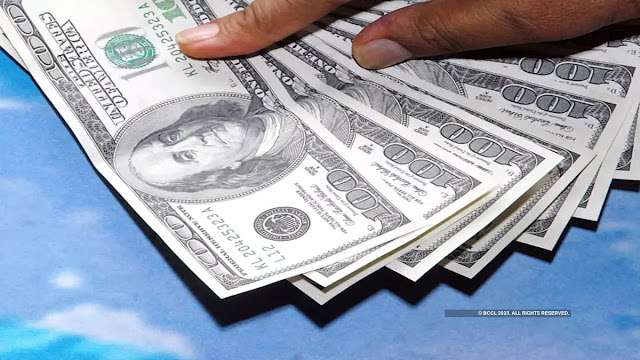The greenback — that simple, flimsy $1 bill — has been a mainstay of American life since the 1860s despite rapid changes in technology and commerce. Yet the U.S. has resisted transitioning to more modern forms of currency used widely abroad such as dollar coins, plastic polymer bills, or going completely digital.
Outdated Paper Bills Cost Taxpayers Nearly $1 Billion Annually
The U.S. federal government spends approximately $931.4 million annually to print over 9 billion paper currency notes according to the Federal Reserve’s 2023 budget. This makes the dollar bill one of the most expensive currencies in the world to produce. The cost stems largely from the short lifespans of paper bills — on average a $1 bill lasts just 4.7 years in circulation before wearing out and needing replacement.
By contrast, Canada’s switch to plastic polymer bills is expected to save taxpayers $250 million over the next 30 years. Polymer notes are much more durable — lasting at least 2–3 times longer than paper according to the Bank of Canada. This reduced replacement cost adds up to massive savings.
Why Hasn’t the U.S. Upgraded to Plastic Bills or Coins?
“We haven’t modernized or changed our currency. That’s probably a mistake,” said Aaron Klein, Senior Fellow of Economic Studies at the Brookings Institute in an interview with CNBC. “We should have dollar coins instead of paper notes.”
The U.S. has resisted transitioning away from paper currency even as other major countries have adopted more durable materials. Canada and the U.K. have used plastic polymer banknotes for years. Australia was the first to use polymer bills back in 1988. Even developing nations like Nepal, Nigeria, Romania, and Vietnam have implemented polymer banknotes.
Additionally, while Canada and the U.K. have $1 and £1 coins, the U.S. Treasury has failed to introduce a $1 coin since the unpopular Susan B. Anthony dollar of the late 1970s and early 80s.
The Rise of the $100 Bill
While billions in $1 bills are printed annually, there has been a rise in circulation of the $100 bill according to the Federal Reserve Bank of Chicago. In 2017, the $100 bill surpassed the $1 bill as the most popular U.S. currency denomination. There are now over 12 billion $100 bills in circulation globally.
Some economists speculate this surge in $100 bills is due to their use in tax evasion, money laundering, and other illegal activities. The large notes make it easier to hide and transport massive amounts of cash versus lower denominations. However, innocent factors likely also play a role.
“The $100 comes from the U.S. currency being a global currency. And a lot of those hundreds are outside the country and they’re being used for store of value,” explained Franklin Noll, Payments Specialist at the Federal Reserve Bank of Kansas City.
Discontinued Denominations: When’s the Last Time You Saw a $500 or $1,000 Bill?
While the $100 bill enjoys widespread use domestically and globally, the U.S. has discontinued larger banknotes that were once in circulation. This includes banknotes as large as $500, $1,000, $5,000, and even $10,000 that were printed decades ago.
The main driver phasing out these massive denominations was their disuse domestically. They were rarely spent or deposited by citizens. The Federal Reserve Board stopped distributing notes above $100 in 1969 due to lack of demand and to deter organized crime.
Accessibility Drives Circulation — The Curious Case of the $2 Bill
Though uncommon, the $2 bill remains in circulation and hundreds of millions continue to be printed annually. Yet it accounts for just 1% of printed U.S. currency. Experts say although largely forgotten by the public, its continued usage is mainly due to accessibility.
“The $2 bill has lost its place in everyday usage more than anything else, because … it was left out of the vending machine market,” explained Douglas Mudd, Curator & Director of the American Numismatic Association Museum.
“For denominations like the $2 bill or the half dollar coin, because there was no space made in the actual cash registers, they became less popular and less used.”
This illustrates how critical integration into machines and cash registers is to a denomination’s survival.
The Digital Dollar on the Horizon — But Physical Cash Here to Stay
Despite advances in payment technology and apps, physical currency still remains crucial to American society according to experts. And U.S. currency will likely stay rooted in traditional designs still recognized today.
However, the Federal Reserve and U.S. Treasury have indicated they are evaluating prototypes for a digital dollar. Though years away from implementation, a virtual currency could provide easier access for the unbanked and modernize payment systems.
Yet for the average American shopper or small business, cold hard cash seems here to stay due to its anonymity, ease of use, and acceptance. Going completely cashless could harm segments of society that still rely heavily on dollars and coins.
“Cash is not going to die out completely,” summarizes Noll. “We expect cash to be around for a long, long time.”






















